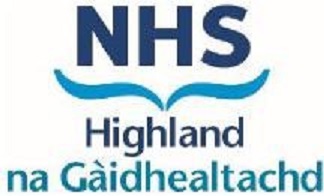Important: Formulation and dosage details
Formulation:
Sublingual tablets (CD schedule 3) 400 micrograms, 2mg, 8mg
Dosage:
By sublingual administration, initially, 800 micrograms to 8mg daily (dividing the daily dose may be useful), adjusted according to response; maximum 32mg daily; withdraw gradually.
Notes:
In those who have not undergone opioid withdrawal, administer buprenorphine at least 12 hours after last use of opioid or when signs of withdrawal appear. For those receiving methadone, reduce the dose of methadone to maximum 30mg daily before starting buprenorphine. Start buprenorphine at least 24 hours after methadone.
Important: Formulation and dosage details
Formulation:
Prolonged release injection (Restricted: specialist initiation only)
Buvidal® injections are available in formulations that can be given weekly or monthly, depending on the strength of the injection.
- Weekly:
Buprenorphine (50mg/mL): 8mg, 16mg, 24mg, 32mg prolonged release solution for injection pre-filled syringes (terminal half-life ranging from 3 to 5 days). - Monthly:
Buprenorphine (355.56mg/mL): 64mg, 96mg, 128mg prolonged release solution for injection pre-filled syringes (terminal half-life ranging from 19 to 25 days).
Dosage:
As per SMC2169: Treatment of opioid dependence within a framework of medical, social and psychological treatment. Treatment is intended for use in adults and adolescents aged 16 years or over.
SMC restriction: Use in patients in whom methadone is not suitable and for whom the use of buprenorphine is considered appropriate.
- Local guidance under development.


